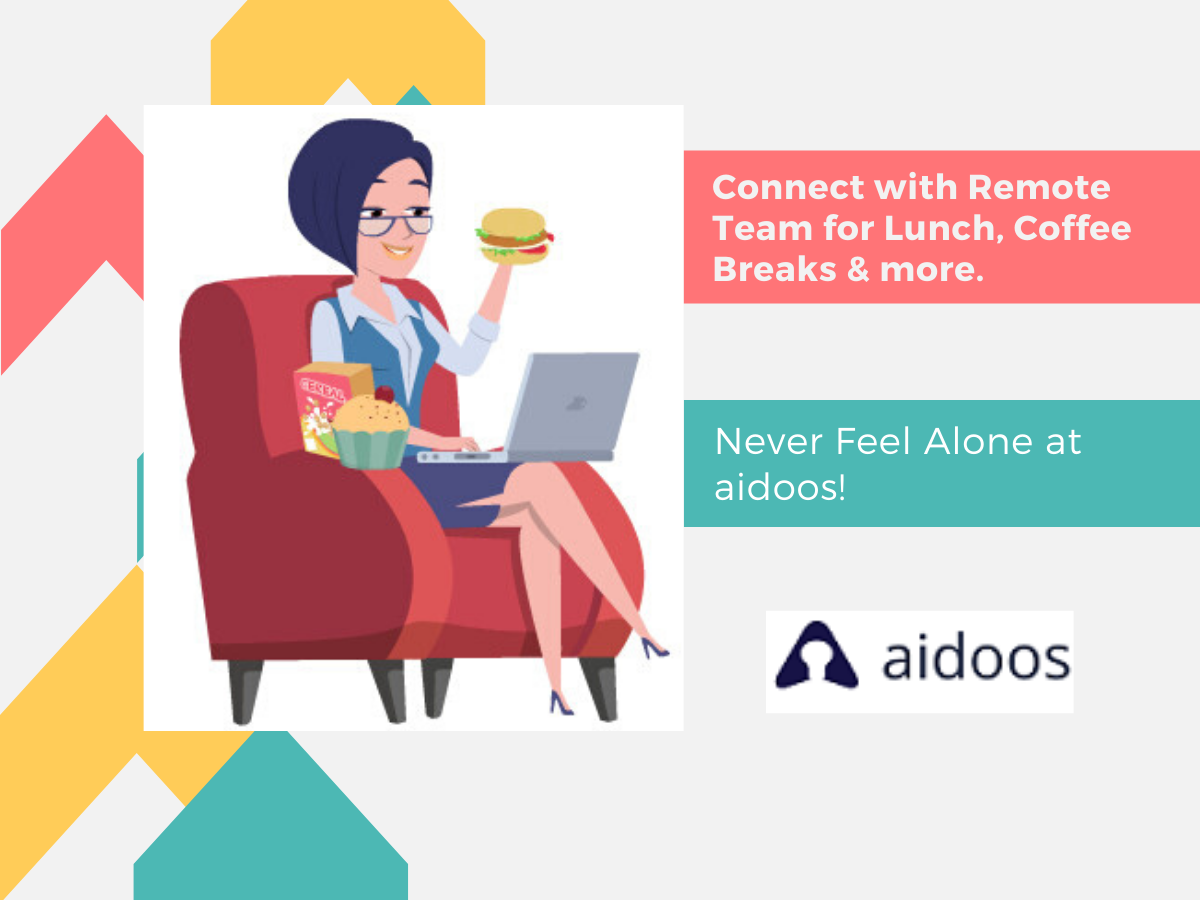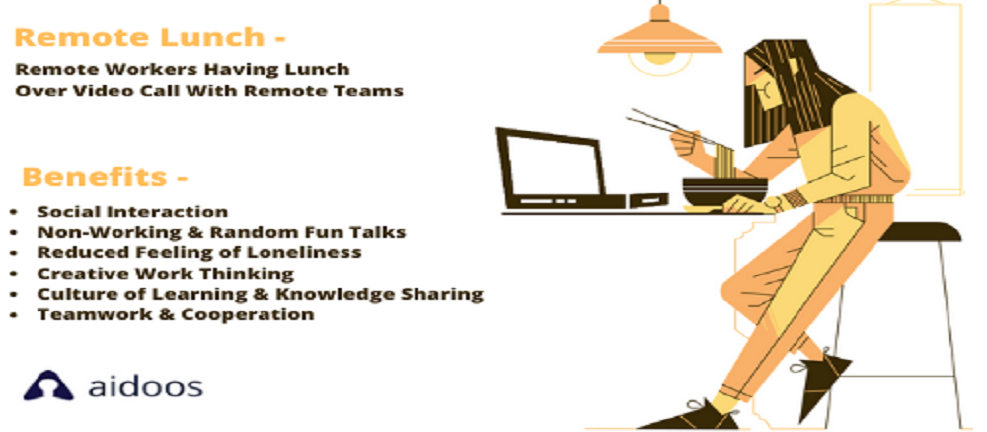Remote work has redefined how teams collaborate and connect. While the shift to remote work has boosted flexibility and productivity, it has also highlighted a significant challenge: the loss of informal social interactions.
In traditional office settings, shared lunches and casual coffee breaks are more than just meals—they’re opportunities for teams to bond, brainstorm, and build relationships. For remote teams, replicating this connection virtually is not only possible but essential for fostering engagement and maintaining a cohesive team culture.
Here, we explore the concept of remote lunch and virtual coffee breaks, their benefits, challenges, and practical solutions to make them effective.
Why Remote Lunch and Coffee Breaks Matter
1. Combatting Isolation
Remote work often leads to feelings of loneliness and detachment, especially for team members who thrive on social interaction. Virtual lunch and coffee breaks provide a space for casual, non-work conversations, reducing isolation and promoting mental well-being.
2. Encouraging Team Collaboration
Informal interactions during lunch or coffee often spark creative ideas and problem-solving discussions. Virtual breaks create a relaxed environment where team members can exchange insights and foster collaboration.
3. Building a Positive Work Culture
Shared activities, even virtual ones, play a crucial role in building a sense of community within remote teams. They reinforce company values, encourage inclusivity, and strengthen relationships across geographically dispersed teams.
Challenges and Solutions
Challenge 1: Coordinating Time for Lunch or Coffee
Team members may work in different time zones, making it difficult to schedule breaks.
Solution:
Use scheduling tools like Pragli to create a virtual office environment where team members can see who’s available and schedule breaks seamlessly.
Challenge 2: Background Noise and Distractions
Microphones can amplify background noises, including eating sounds, which may be unpleasant for participants.
Solution:
Leverage noise-canceling software like Krisp, which filters out background sounds during calls, ensuring a distraction-free experience for everyone.
Challenge 3: Lack of Engagement
Some team members may feel awkward or hesitant to join virtual social activities.
Solution:
Create structured activities for virtual breaks, such as trivia games, casual icebreakers, or themed discussions. Assign a moderator to facilitate conversations and make the experience more engaging.
How to Make Remote Lunch and Coffee Breaks Effective
1. Plan Ahead
Schedule breaks in advance, considering team members' time zones and preferences. Use shared calendars to identify overlapping availability.
2. Use Technology Effectively
Adopt user-friendly video conferencing tools like Zoom or Microsoft Teams. Integrate apps like Donut for Slack to automate the pairing of team members for casual catch-ups.
3. Create a Theme
Turn virtual breaks into themed events, such as "Culture Lunch" where participants share traditional dishes from their region or "Coffee Chat Fridays" with a focus on specific discussion topics.
4. Foster Inclusivity
Encourage participation across the team. Rotate schedules and themes to cater to different interests and ensure that no one feels left out.
5. Keep It Casual
The focus of these breaks should be on relaxation and camaraderie. Avoid turning them into work discussions or overly formal events.

AiDOOS and Virtual Engagement
At AiDOOS, we understand the importance of fostering a connected and motivated remote workforce. Our platform is designed not only to enable seamless task execution but also to build a collaborative and engaging environment for professionals.
Virtual Delivery Centers (VDCs) for Connection
Through AiDOOS’ Virtual Delivery Centers, remote teams can work on critical business projects while maintaining strong interpersonal connections. Our platform supports:
-
Integrated Communication Tools: Stay connected with your team through real-time chats and virtual break sessions.
-
Flexibility and Autonomy: Enjoy a balanced work-life approach with the freedom to schedule remote lunches and coffee chats.
-
Enhanced Collaboration: Work with experts globally, exchanging ideas and fostering innovation through casual and structured interactions.
Seamless Engagement
Even while working remotely, AiDOOS ensures you never feel disconnected. Our platform promotes:
-
Team Bonding: Join your colleagues for virtual lunch or coffee sessions to discuss work, share stories, or simply unwind.
-
Work-Life Balance: Take breaks without worrying about compromising productivity.
-
Community Building: Be part of a vibrant network of like-minded professionals.
Call to Action
Ready to experience the benefits of a connected and collaborative remote work environment?
Join AiDOOS Today to revolutionize the way you work and engage with your team.
